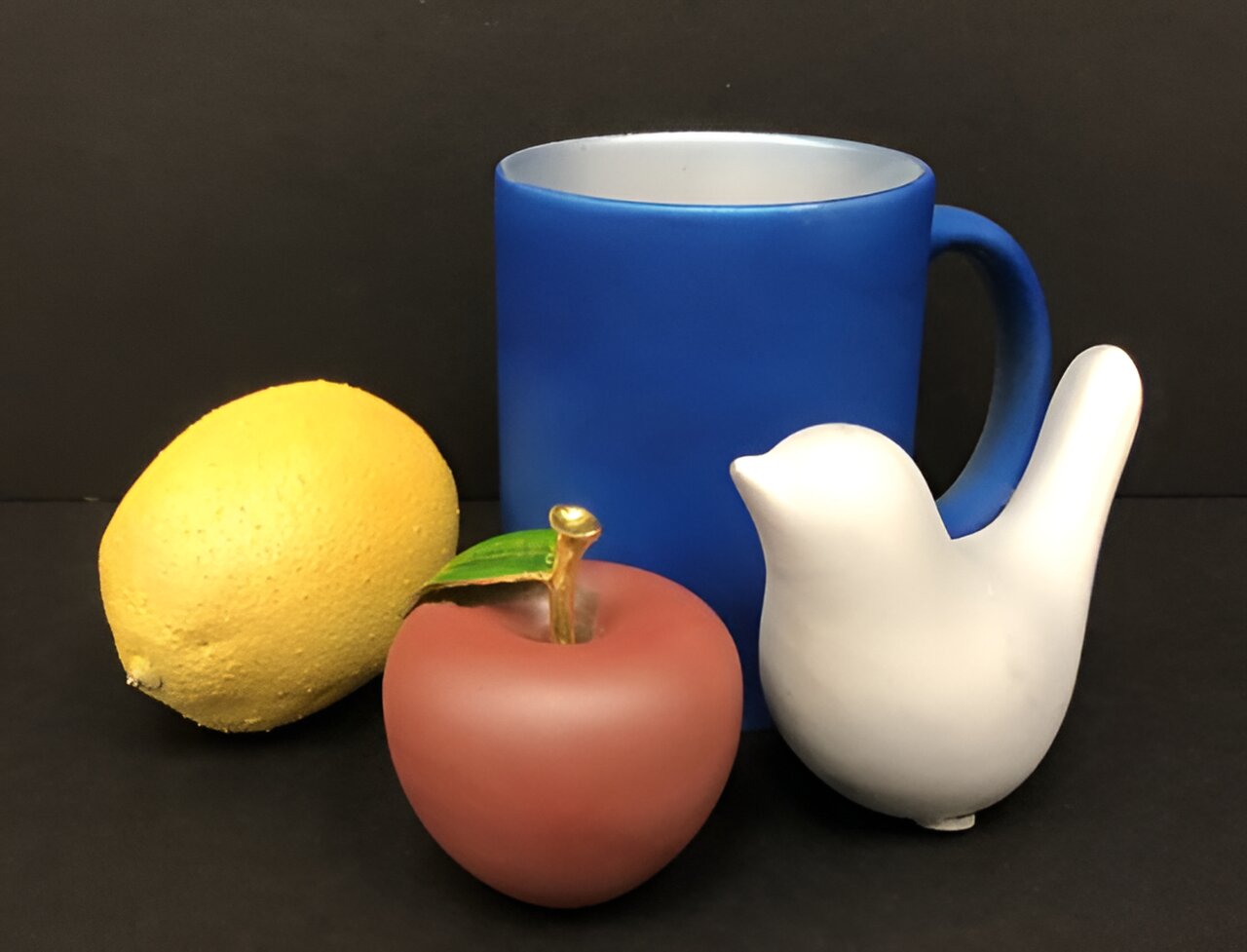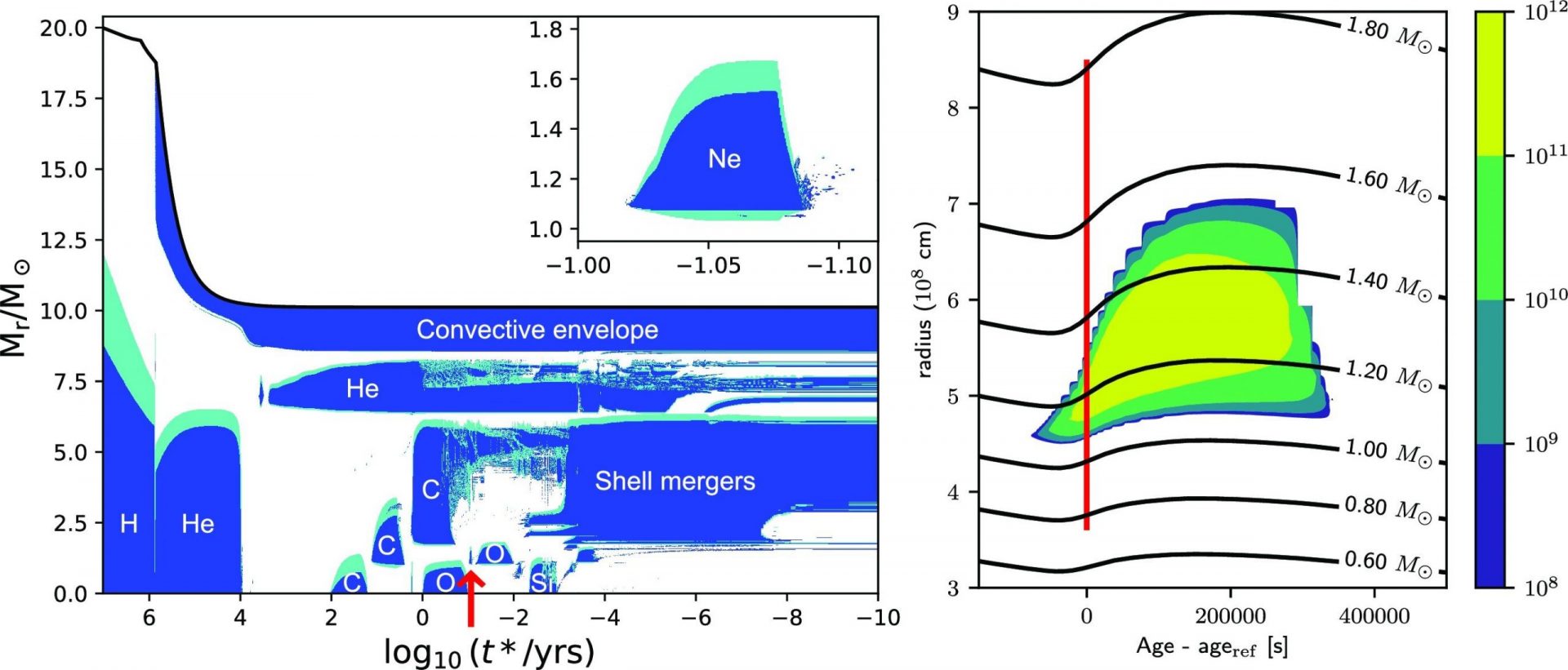Get ready for a game-changing invention from Stanford University scientists! They have created a revolutionary new paint that can make your home cooler in the summer and warmer in the winter. Not only will this save you money on energy costs, but it will also help reduce greenhouse gas emissions.
Space heating and cooling account for a significant portion of global energy use and greenhouse gas emissions. In experiments using artificial cold environments, the new paints reduced heating energy consumption by an impressive 36%. In warm conditions, they also decreased the energy needed for cooling by nearly 21%. Simulations of a typical mid-rise apartment building across different climate zones in the United States showed a 7.4% decrease in total energy use for heating, ventilation, and air conditioning over a year when the new paint was applied to exterior walls and roofs.
“We need to reduce energy consumption and emissions globally to achieve our zero-emissions goals. Both heating and air conditioning play a crucial role in this,” says Yi Cui, the senior author of the study and a professor at Stanford University. “The focus on reducing heat exchange between living and working spaces and their surroundings is increasing, and there is a demand for new materials that enhance insulation, such as low-emissivity films for windows.”
A colorful solution
Unlike traditional low-emissivity paints that have a dull metallic appearance, the newly invented paints come in a wide range of vibrant colors. They consist of two layers: an infrared reflective bottom layer with aluminum flakes and an ultrathin, infrared transparent upper layer with inorganic nanoparticles. When sunlight’s infrared spectrum is absorbed by surfaces, it contributes to 49% of the planet’s natural heating. The new paints allow most of this infrared light to pass through the color layer, reflect off the lower layer, and exit as light instead of heat. To retain heat indoors, the paints are applied to interior walls, where the lower layer reflects infrared waves that transfer energy across space but are invisible to the human eye.
These paints are incredibly effective, reflecting up to 80% of high mid-infrared light. They outperform conventional paints in the same colors by tenfold. Additionally, the color layer also reflects some near-infrared light, further reducing the need for air conditioning.
Not just for buildings
The benefits of these paints extend beyond buildings. They can also be applied to trucks and train cars used for refrigerated transportation, where cooling costs can make up a significant portion of the budget. “Both layers can be sprayed onto various surfaces of different shapes and materials, providing an extra thermal barrier in many different situations,” explains Yucan Peng, co-lead author of the study.
The researchers have also ensured that their paints are practical and durable. Both layers are water-repellant, enhancing stability in humid environments. The painted surfaces can be easily cleaned with a wet cloth or water flushing. Even after continuous exposure to extreme temperatures and acidic environments, the paints maintain their performance and aesthetics. The team is now working on refining the paint formulations for practical applications, with a focus on developing water-based solutions that are more environmentally friendly.








